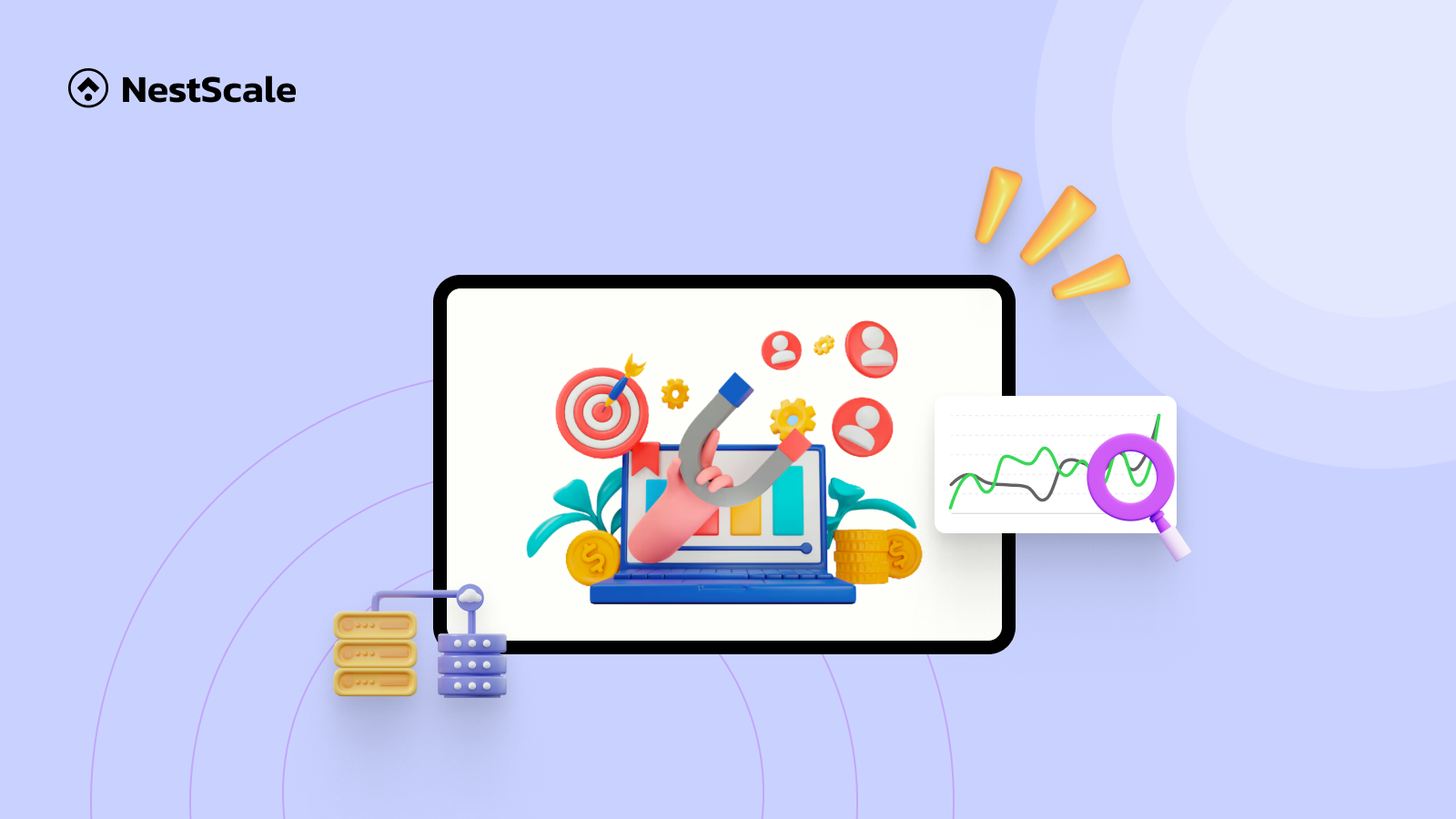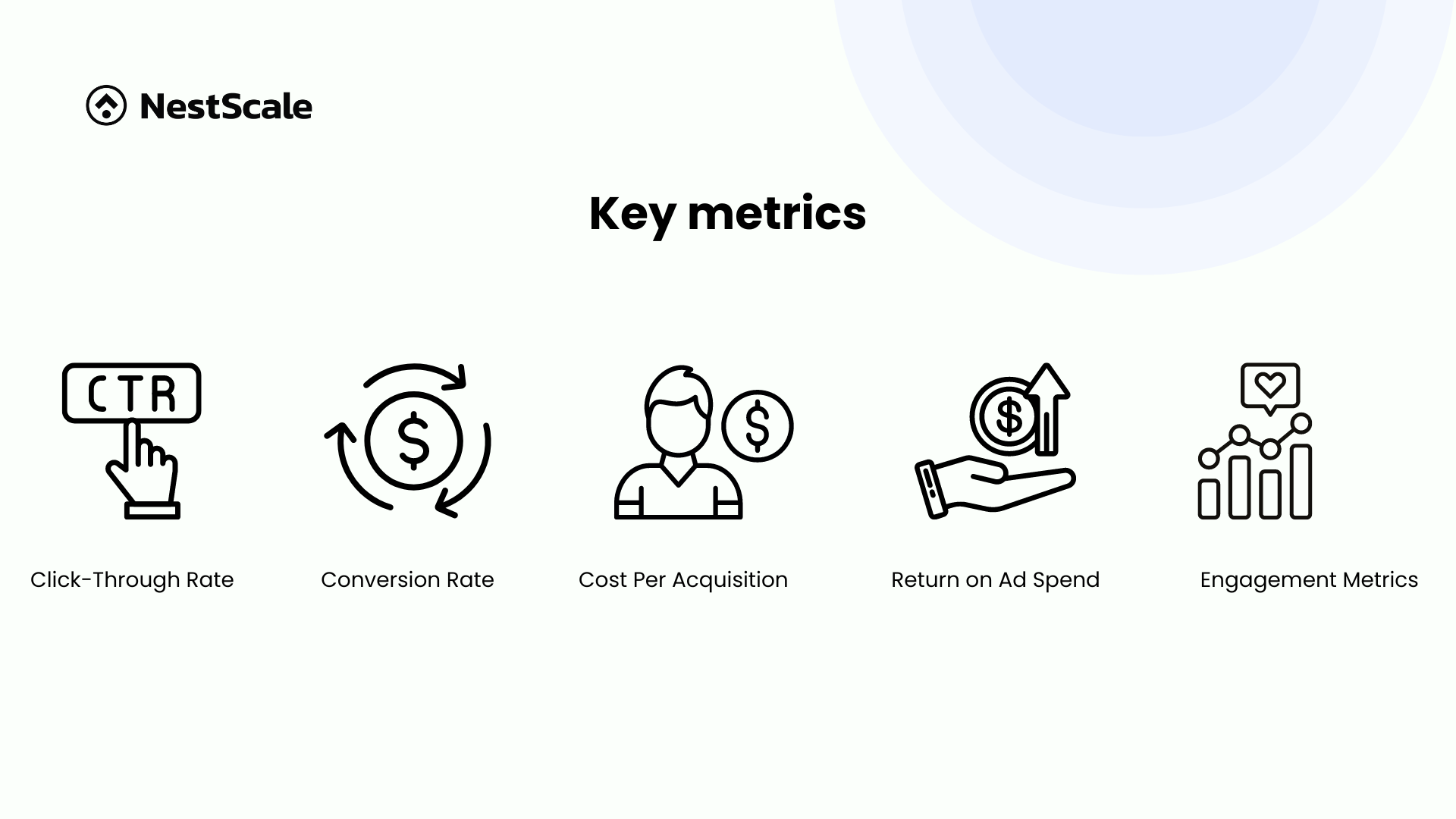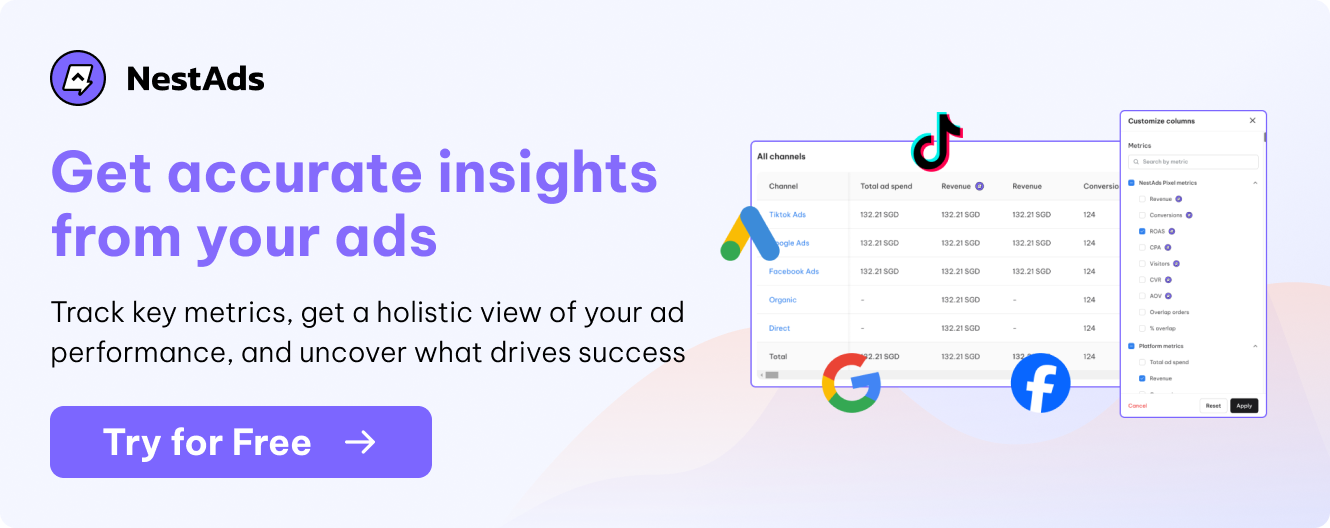In today’s digital landscape, the ability to effectively collect, analyze, and utilize data is more critical than ever. In our previous blog, “Best strategies for first-party data collection,” we explored various methods for gathering valuable first-party data. Now, it’s time to take the next step: understanding how to leverage this data to enhance your marketing and advertising strategies. This blog explores how to leverage first-party data marketing and advertising strategy, to drive customer engagement, and boost your return on investment.
First-party data marketing: Enhancing overall marketing strategy
First-party data is a powerful resource that can significantly enhance your overall marketing strategy. You can achieve a more personalized and efficient approach, leading to better customer engagement and higher returns on your marketing investments.
Personalization and customer experience
Personalization refers to the practice of tailoring marketing messages, content, and experiences to individual customers based on their preferences, behaviors, and demographics. Personalized experiences make customers feel valued and understood, leading to higher satisfaction, increased loyalty, enhanced first-party marketing strategy, and improved conversion rates.
By leveraging first-party data, businesses can gain deep insights into customer preferences, behaviors, and needs. Here are some personalized first-party data marketing tactics businesses can use:
- Include personalized product recommendations, tailored offers, and relevant content in email campaigns.
- Send emails based on customer actions, such as abandoned cart reminders, post-purchase follow-ups, or re-engagement campaigns for inactive customers.
- Utilize browsing and purchase history to display personalized product suggestions on your website, enhancing the shopping experience.
- Create landing pages that reflect a customer’s interests and past interactions with your brand.
Audience segmentation
Audience segmentation is a powerful 1st party data marketing strategy that involves dividing your broader customer base into smaller, more manageable groups based on shared characteristics. Using first-party data for segmentation allows businesses to gain deeper insights into customer preferences, behaviors, and needs, enabling more targeted and effective marketing efforts.
The first step in audience segmentation is to define the criteria you will use to segment your audience. Common criteria include demographics, geographics, behavioral, and psychographics. Once you have defined your segmentation criteria, the next step is to create detailed buyer personas for each segment.
With well-defined segments and detailed personas, you can now tailor your marketing first-party data messages to resonate with each group. This can involve:
- Craft email content that speaks directly to the interests and needs of each segment.
- Use dynamic content on your website to show different messages, products, or promotions to different segments.
- Use platforms like Facebook or Google Ads to create custom audiences based on your segmentation criteria.
Moreover, you can tailor your offers and promotions to align with the preferences of each segment. For example, offer discounts to segments identified as price-sensitive or develop loyalty programs for segments showing high brand loyalty.
Multi-channel marketing integration
Multi-channel marketing integration involves creating a seamless and consistent customer experience across multiple marketing channels, such as email, social media, websites, and offline platforms.
By integrating first-party data across these channels, businesses can:
- Understand customer preferences and behaviors, and deliver consistent and personalized messages across all channels.
- Have a holistic view of the customer journey to better understand how customers interact with different touchpoints.
- Significantly increase customer engagement through personalized and relevant messaging across channels.
- Drive more effective and timely conversions by reaching customers through their preferred channels.
However, managing the multiple channels can take time and effort for businesses. Worry not, NestAds can help them simplify the tracking and analyzing processes. NestAds centralizes data from platforms like TikTok, Facebook, and Google, offering a comprehensive view of your marketing strategies. It enables tracking across channels, creating both a holistic customer journey view and detailed individual customer journeys. With NestAds, you optimize the attribution models, compare channel performance, and identify top sales drivers.
First-party data advertising: Optimizing ad campaigns
By harnessing the power of first-party data advertising, you can improve the precision and effectiveness of your ad campaign efforts. This leads to higher engagement, better conversion rates, and more efficient use of your advertising budget.
Targeted advertising
Unlike generic advertising, which aims to reach a broad audience, targeted advertising focuses on a particular segment of the market. The targeted advertising approach increases the relevance of the ads, making them more likely to resonate with the audience and drive desired actions such as clicks, conversions, and purchases.
First-party data, collected directly from interactions with your audience, plays a crucial role in enhancing the precision of targeted advertising. This data includes information such as purchase history, browsing behavior, engagement metrics, and customer feedback.
By using first-party data targeting, businesses can:
- Use detailed customer insights (frequent buyers, high spenders, etc) to pinpoint high-value segments within your audience.
- Determine the best platforms and times to display ads based on where and when your target audience is most active.
- Track the performance of your targeted ads using first-party data analytics to optimize ad spend and improve campaign outcomes.
Ad personalization and retargeting
Personalization involves tailoring ad content to individual user preferences and behaviors, making the advertisements more relevant and engaging. Retargeting focuses on re-engaging users who have previously interacted with your brand, guiding them further down the sales funnel. Together, these strategies enhance the user experience, increase conversion rates, and maximize the return on ad spend.
First-party advertising is invaluable for creating personalized ad content. Here’s how it can be used:
- Analyze first-party data to identify what products or services each user is interested in. Use this information to create ads that showcase items related to their past interactions.
- Track user behavior on your website, such as pages visited, time spent on different sections, and items added to the cart but not purchased.
- Utilize data on past purchases to recommend similar or complementary products, making the ads more relevant and increasing the likelihood of repeat purchases.
- Implement dynamic ad content that automatically changes based on user data.
Measuring ad performance
Measuring ad performance is a crucial aspect of any advertising strategy. It allows you to understand the effectiveness of your campaigns, optimize ad spend, and ultimately improve return on investment (ROI). With first-party data, businesses can gain deep insights into ads performance across various channels and make data-driven decisions to enhance marketing efforts.
First-party data provides accurate and reliable information directly from your audience, which is essential for assessing the true impact of your ads. Here’s how it enhances ad performance measurement:
- First-party data includes information on user behavior, preferences, and interactions with your brand. This allows for a comprehensive analysis of how different segments respond to your ads.
- By tracking user journeys across multiple touchpoints, first-party data helps in accurately attributing conversions to the correct ads.
- With first-party data, you can access real-time analytics, enabling you to monitor ad performance as it happens.
When measuring ad performance using first-party data, focus on the following key metrics:
- Click-Through Rate (CTR): The ratio of users who click on your ad to the number of total users who view the ad.
- Conversion Rate: The percentage of users who take a desired action (such as making a purchase or signing up for a newsletter) after clicking on your ad.
- Cost Per Acquisition (CPA): The cost incurred to acquire a new customer through your ads.
- Return on Ad Spend (ROAS): The revenue generated for every dollar spent on advertising.
- Engagement Metrics: Metrics such as likes, shares, comments, and video views that indicate how users are interacting with your ads.
To track and analyze key metrics easily and accurately, ensure your analytics tool works seamlessly with your first-party data. This ensures the insights reflect your marketing strategies and their impact on store performance. For example, with a Shopify integration app like NestAds, you can centralize information from multiple ad platforms and store metrics like orders and AOV. This gives you a comprehensive view of ad performance, helping you understand what drives your results.
What’s next for marketers and first-party data?
In the first-party data cookieless world, marketers must continually adapt their strategies and tactics to effectively reach their target audiences. Moreover, in an era where data privacy regulations are becoming increasingly stringent, adapting to these changes is essential for maintaining customer trust and ensuring compliance.
Focusing on first-party data allows businesses to stay ahead of evolving privacy regulations like GDPR and CCPA. By collecting data directly from your customers with their explicit consent, you not only comply with legal requirements but also build a foundation of trust with your audience.
Moreover, the digital advertising landscape is rapidly moving towards a cookieless future, where traditional third-party cookies are losing their effectiveness due to privacy concerns and browser restrictions. As third-party cookies become less reliable, first-party data will play a pivotal role in targeted marketing efforts. By leveraging 1st party data targeting, you businesses can continue to deliver personalized and relevant ads to your audience without relying on third-party cookies.
In our next blog, we’ll explore successful business case study examples demonstrating the powerful impact of leveraging first-party data in marketing strategies.



























































